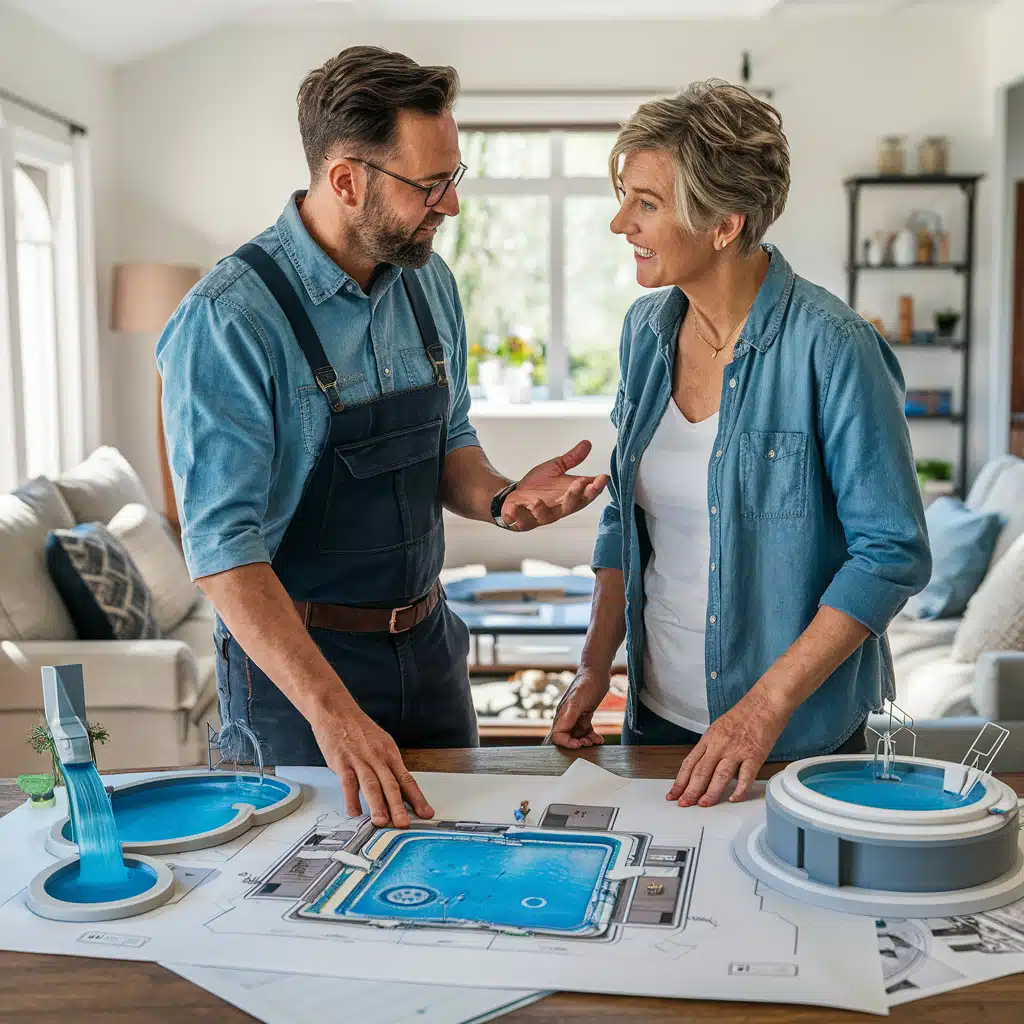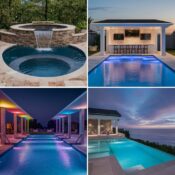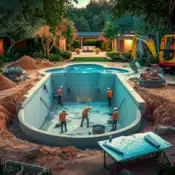How to Collaborate With Your Inground Pool Installer on Custom Designs

How to Collaborate With Your Inground Pool Installer on Custom Designs
The process of customizing an inground pool involves a crucial partnership between you, the homeowner, and your inground pool installer. This collaboration, which requires clear communication and a shared understanding of design objectives, can transform your backyard into a personal oasis.
Yet, navigating this intricate process can be complex. It involves understanding the various customization options, from materials and shapes to features and finishes, and effectively communicating these preferences to your installer.
As we progress through this discussion, you will gain valuable insights into how to effectively manage this partnership to ensure your vision transforms into a tangible reality.
Understanding Pool Customization Options
To fully comprehend the breadth of pool customization options, it's essential to familiarize yourself with the myriad of design elements and features available in today's market. From traditional geometric shapes to extravagant free-form designs, the possibilities are virtually limitless.
The choice of materials, including concrete, vinyl, and fiberglass, also impacts the aesthetic and durability of your pool. Additionally, consider innovative features like waterfalls, fountains, and LED lighting to enhance the ambiance.
Accommodating for pool decking and landscaping further adds to visual appeal and functionality. By understanding these options, you're empowered to make decisions that reflect your personal taste and lifestyle, fostering a sense of belonging and ownership over your custom-designed pool.
Communicating Your Design Ideas Effectively
Effectively conveying your design ideas to your inground pool installer requires a clear, detailed approach backed by a well-rounded understanding of available customization options.
To ensure your vision is accurately translated into a tangible design, you must articulate your thoughts using precise language and illustrative references. This could include sketches, photographs, color samples, and even material swatches that represent your desired aesthetic.
Encourage dialogue; ask questions and seek clarifications wherever necessary. Establishing an open line of communication will foster a sense of partnership and shared ownership of the project.



